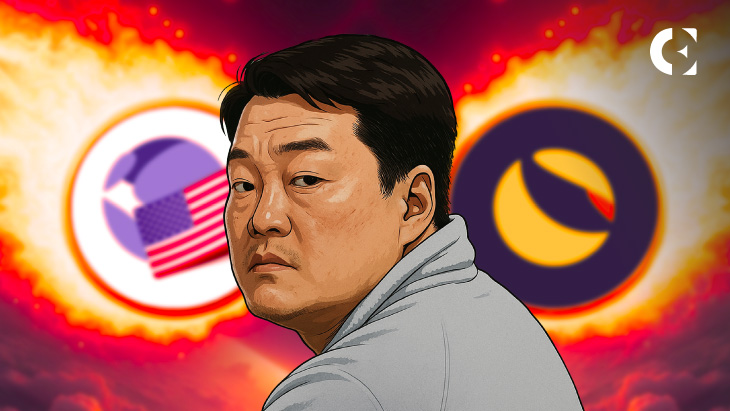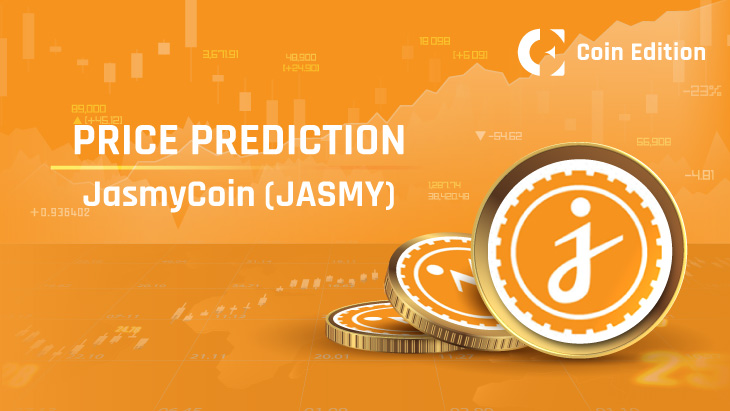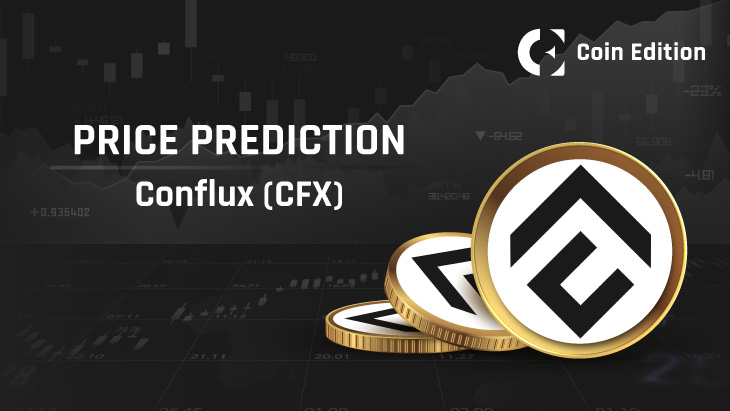In the cryptocurrency ecosystem, there is never a steady pattern for projects. While some are initiated silently, others are developed on a grand scale only to fizzle out shortly, like the Terra blockchain. Once hailed as a groundbreaking project, Terra integrated decentralized finance (DeFi) with a stable digital currency, offering both high yields and algorithmic stability. However, it suffered a major setback in May 2022, losing over $40 billion in market value. This article will bring you the story of the rise and fall of Terra, LUNA, and UST, and why it is both a cautionary tale and a turning point in the evolution of digital finance.
Table of contents
The Rise of Terra
Terra was launched in 2018 by Do Kwon and Daniel Shin under the name Terraform Labs. The idea of initiating Terra was to create a decentralized stablecoin ecosystem, using blockchain-based money that could be used for real-world payments. The central innovation was TerraUSD (UST), an algorithmic stablecoin pegged to the U.S. dollar but not backed by fiat reserves or traditional assets, such as USDT or USDC.
Instead, UST’s peg was maintained through a mint-and-burn mechanism involving another token: LUNA. Users could swap $1 worth of LUNA to mint 1 UST and vice versa. This system relied on arbitrage to maintain the peg. If UST traded above $1, traders could profit by minting UST from LUNA and selling it, but if it was below $1, they could burn UST to receive discounted LUNA.
The Cracks Begin to Show
Despite the rapid rise, experts warned that Terra’s model was unsustainable. The high yields offered by the Anchor Protocol attracted significant deposits of UST, but were not sustainable in the long term. Further, some reports suggest that a large-scale coordinated sell-off or a market attack initiated the de-pegging.
In 2022, large amounts of UST were withdrawn from Anchor and dumped on exchanges, including Curve and Binance, causing the price of UST to fall below $1. As the peg slipped, arbitrators began burning UST for LUNA. The system started issuing massive amounts of LUNA to maintain the peg, leading to a hyperinflationary spiral, resulting in LUNA’s price crashing from over $80 to fractions of a cent. Post the crash, within a week, both UST and LUNA became worthless, and Anchor’s reserves were drained. Major exchanges delisted the tokens as investors lost fortunes.
Fallout and Aftermath
Following the collapse, more than 1,600 investors filed a lawsuit against Kwon. Following this, Kwon was arrested in March 2023 in Montenegro while attempting to travel to Dubai. Later, he was extradited to the US on December 31, 2024, to face federal charges, including securities fraud, commodities fraud, wire fraud, and conspiracy. In court, Do Kwon pleaded not guilty to the charges. He was also found liable for fraud by a jury after a trial in federal court.
The US Securities and Exchange Commission (SEC) accused Do Kwon and Terraform Labs of misleading investors and secretly arranging for a third party to purchase large amounts of TerraUSD to prop up its price. In settlement, Terraform Labs reached a $4.47 billion civil settlement with the SEC.
Terra 2.0
In the wake of the collapse, Terraform Labs proposed a revival: Terra 2.0, by forking the blockchain and creating a new version without the UST stablecoin. The original chain was renamed Terra Classic, with its token LUNC (formerly LUNA), and the new chain retained the LUNA name. Token holders received airdrops in the new system based on their pre- and post-crash holdings. Due to the crash, the community got divided, and many developers and users moved to other blockchains like Ethereum, Solana, or Cosmos.
About the Creator
Kwon Do-Hyung, or Do Kwon, was a former businessman and software engineer. A graduate of Stanford University, Kwon worked briefly for Google and Apple in 2015. The following year, Kwon launched his startup, Anyfi, to provide solutions for wireless connectivity through point-to-point WiFi mesh networks.
Later in 2018, Kwon co-founded Terraform Labs with his entrepreneur friend Daniel Shin. During this time, Kwon also worked on various blockchain projects, including Anchor, Prism, and Mirror. In 2020 Terraform began selling its stablecoin, TerraUSD (UST). Based on the promise of the TerraUSD/Luna ecosystem and the massive crypto market run-up, LUNA achieved a high of almost $120 a token in March of 2022, following which supporters were called ‘Lunatics’, while Kwon was nicknamed the ‘King of the Lunatics’.
However, within a few months, Terraform hit the headlines after UST broke its peg to the USD, following which UST plummeted and Luna crashed, resulting in a multi-billion-dollar loss across the crypto ecosystem.
Lessons from the Collapse
Vulnerabilities of Algorithmic Stablecoins:
Terra’s collapse proved that, without real backing, algorithmic stablecoins are inherently unstable and vulnerable under stress.
Illusion of High Yields:
Anchor’s 20% yield attracted many but was unsustainable and exposed the dangers of artificial incentives and blind trust in passive income promises.
Ecosystem Concentration Risk:
A large portion of Terra’s utility depended on just one or two dApps, especially Anchor. Once the Anchor was destabilized, the entire ecosystem unraveled, underscoring the need for diversified applications.
Being Compliant with Regulators:
The crash highlighted the consequences of poor transparency, pushing regulators to pursue stricter stablecoin oversight globally.
Loss for Investors:
Due to the crash, several investors suffered devastating losses, with many losing life savings and facing severe emotional and financial distress.
Conclusion
The rise and fall of Terra is an important story in cryptocurrency history. It was a bold experiment that mixed big ideas, new technology, and trust in algorithms to control money. But it also showed the dangers of too much borrowing, weak financial models, and no safety nets in decentralized finance. Terra didn’t fail just because of bad code or design — it failed because of human behavior, blind trust, and how quickly markets can turn. As crypto grows, Terra’s story reminds us to build safer systems, manage risks better, and understand how these markets really work.
Disclaimer: The information presented in this article is for informational and educational purposes only. The article does not constitute financial advice or advice of any kind. Coin Edition is not responsible for any losses incurred as a result of the utilization of content, products, or services mentioned. Readers are advised to exercise caution before taking any action related to the company.









